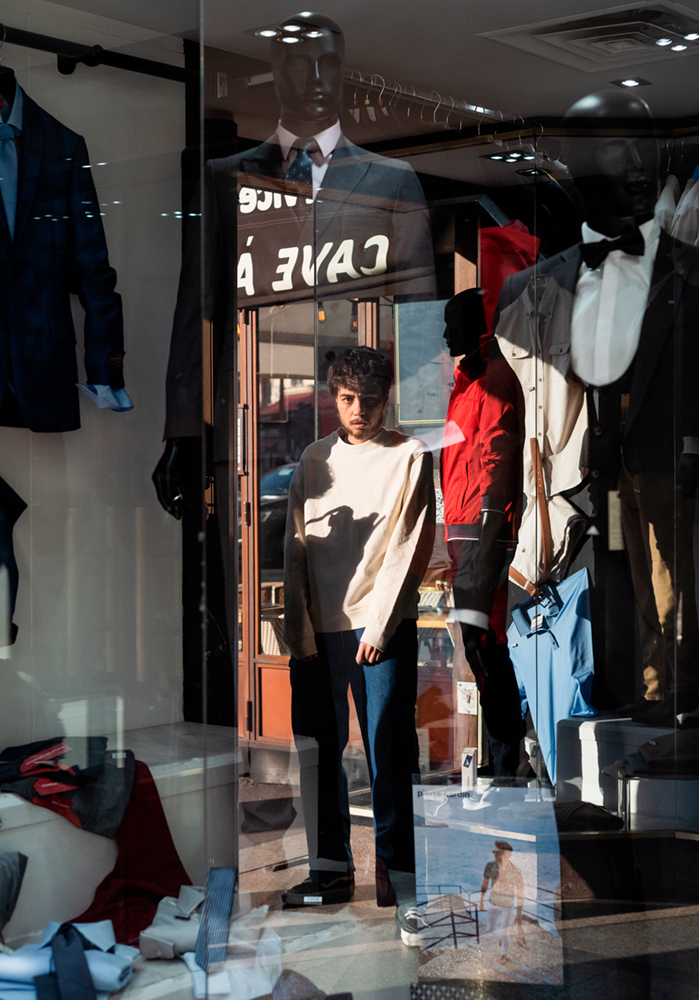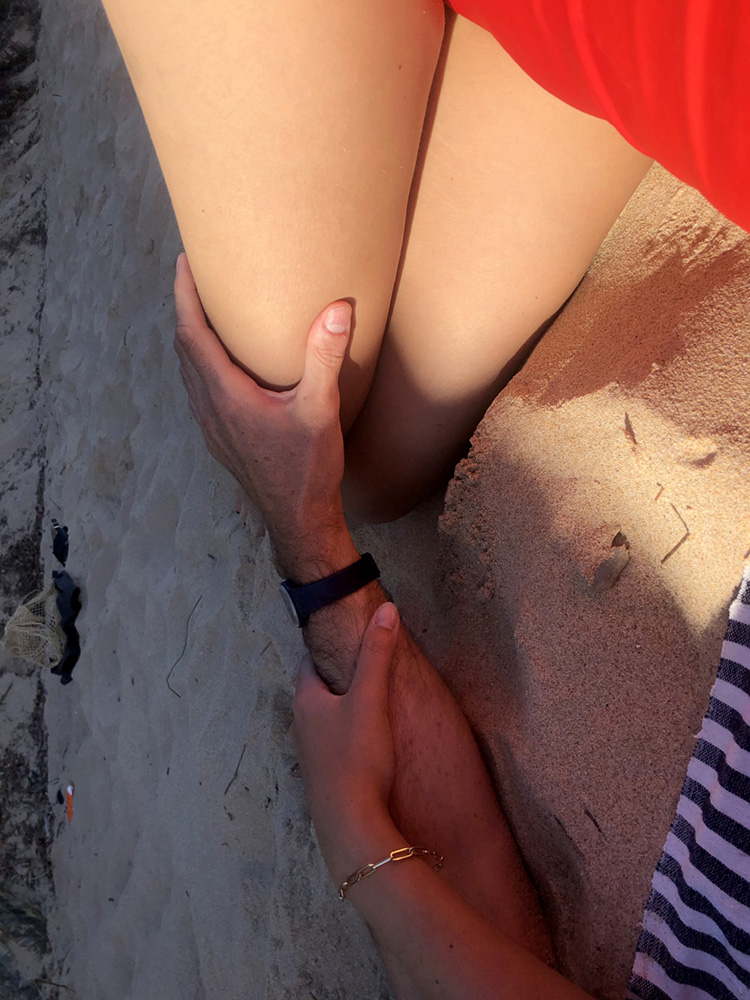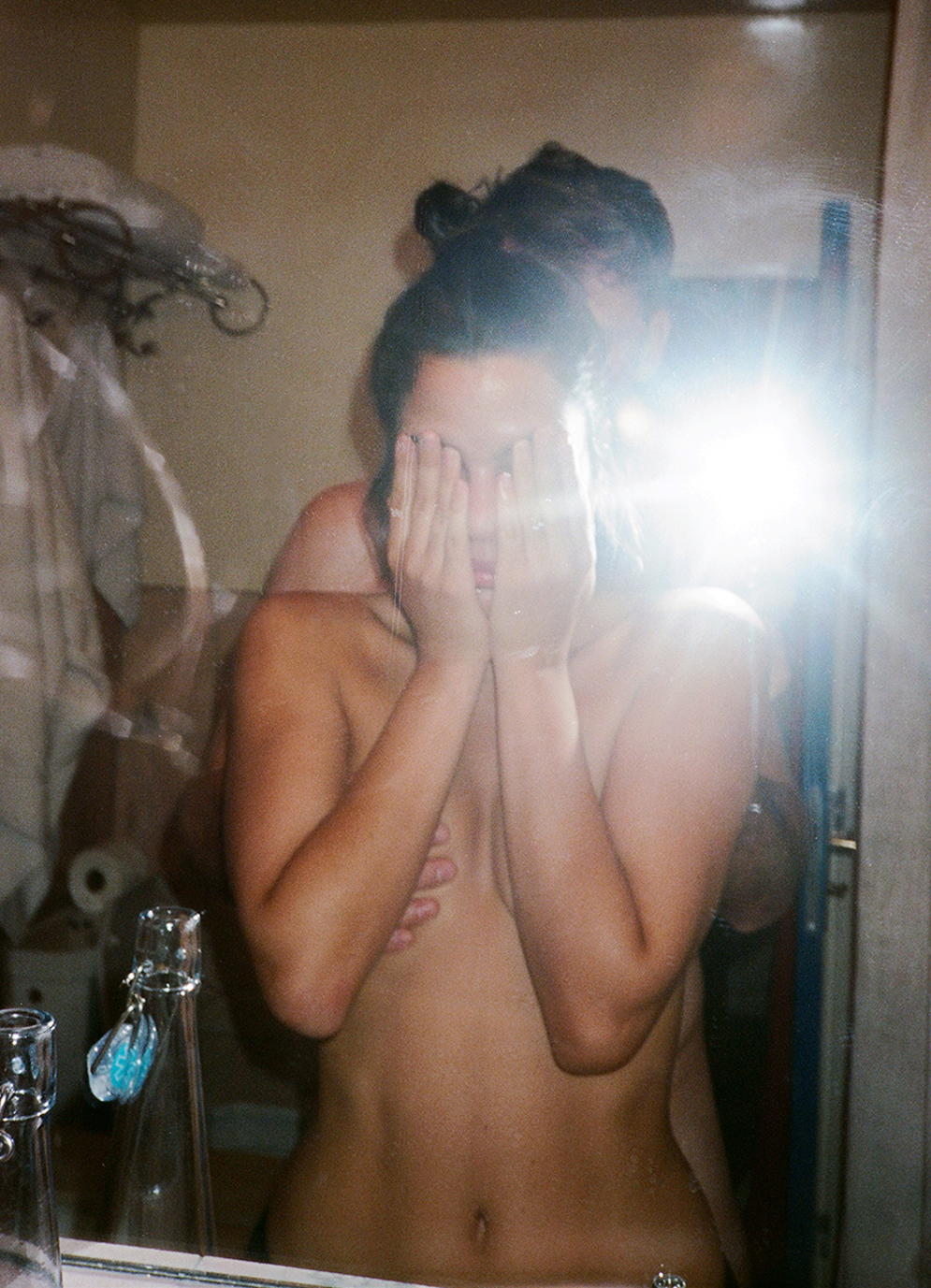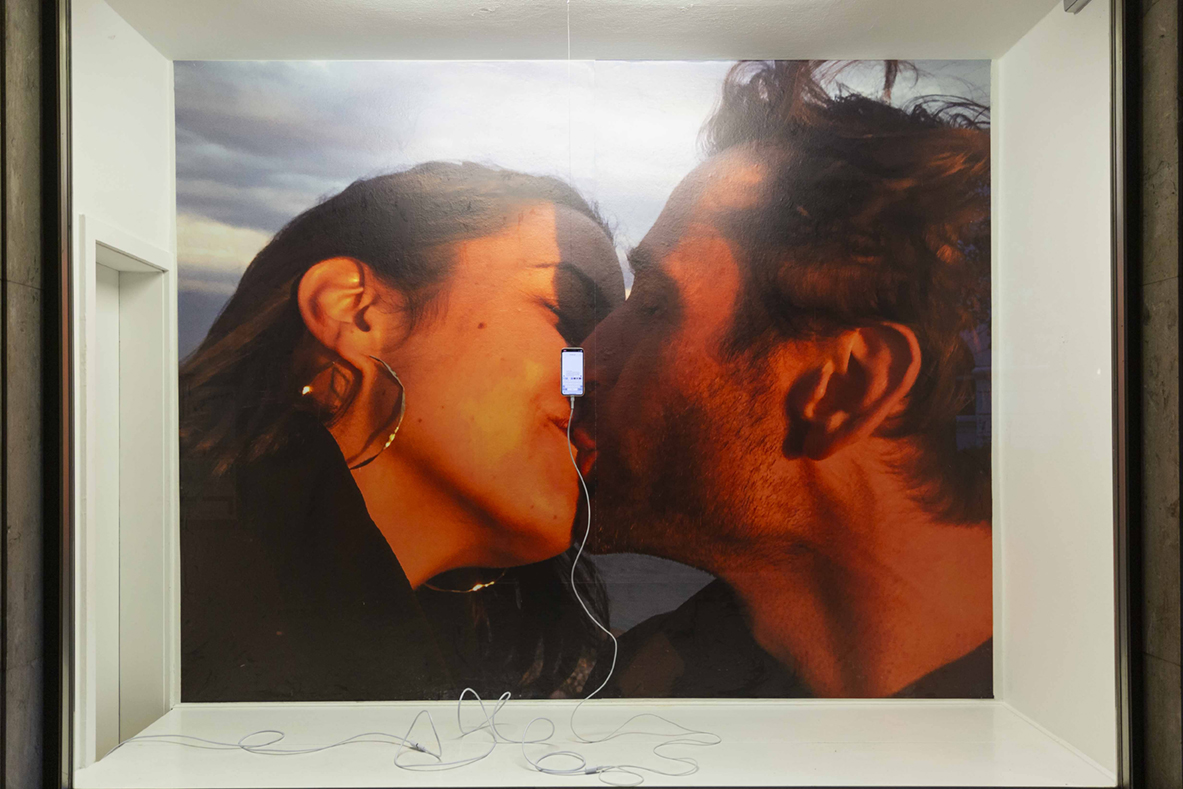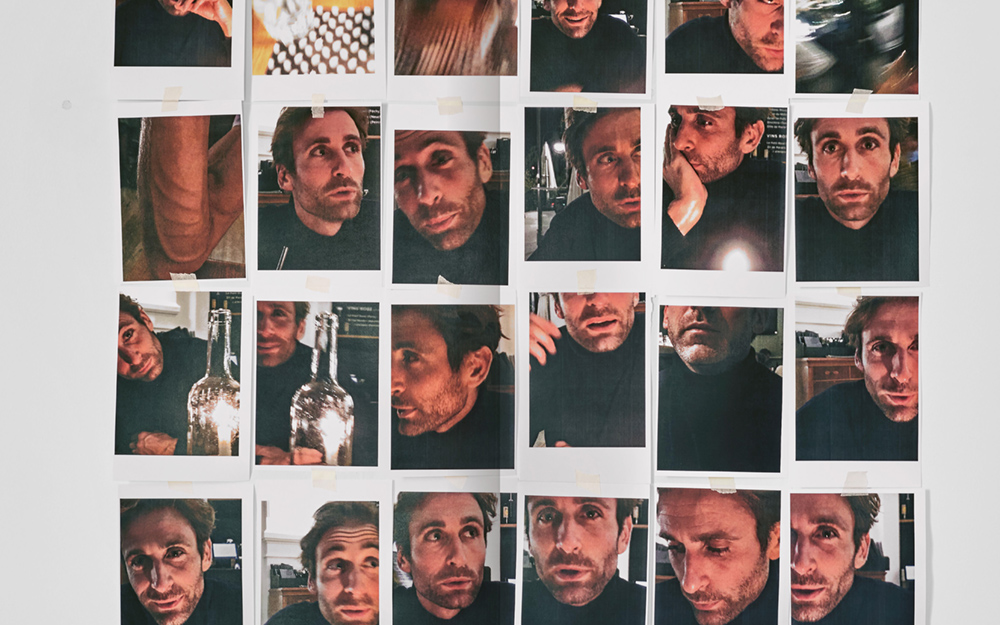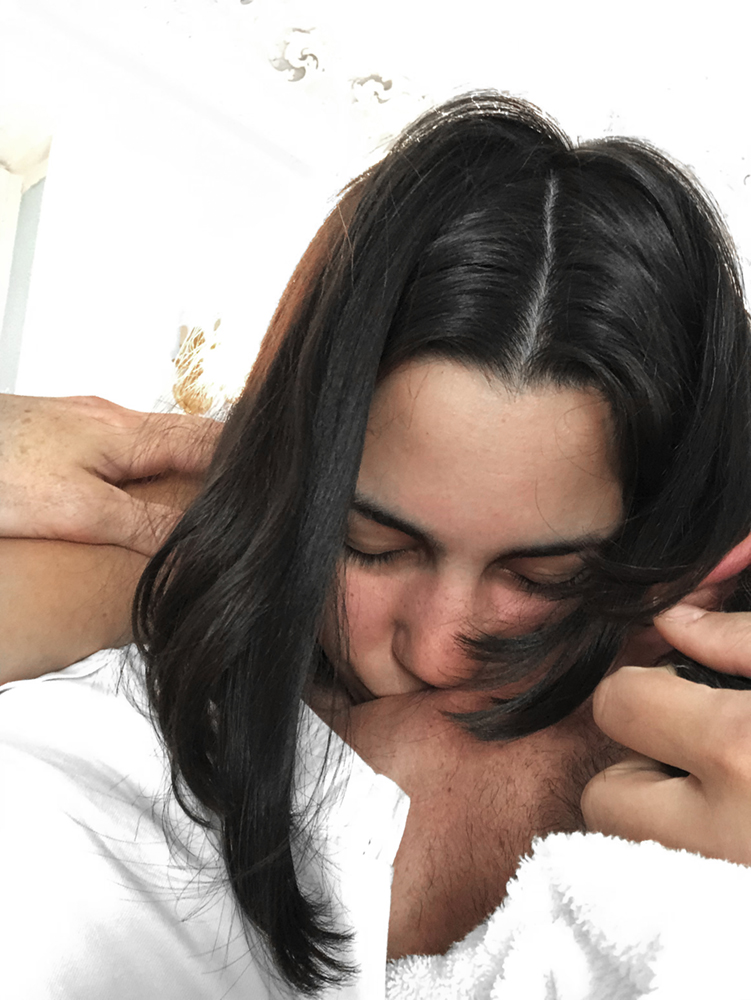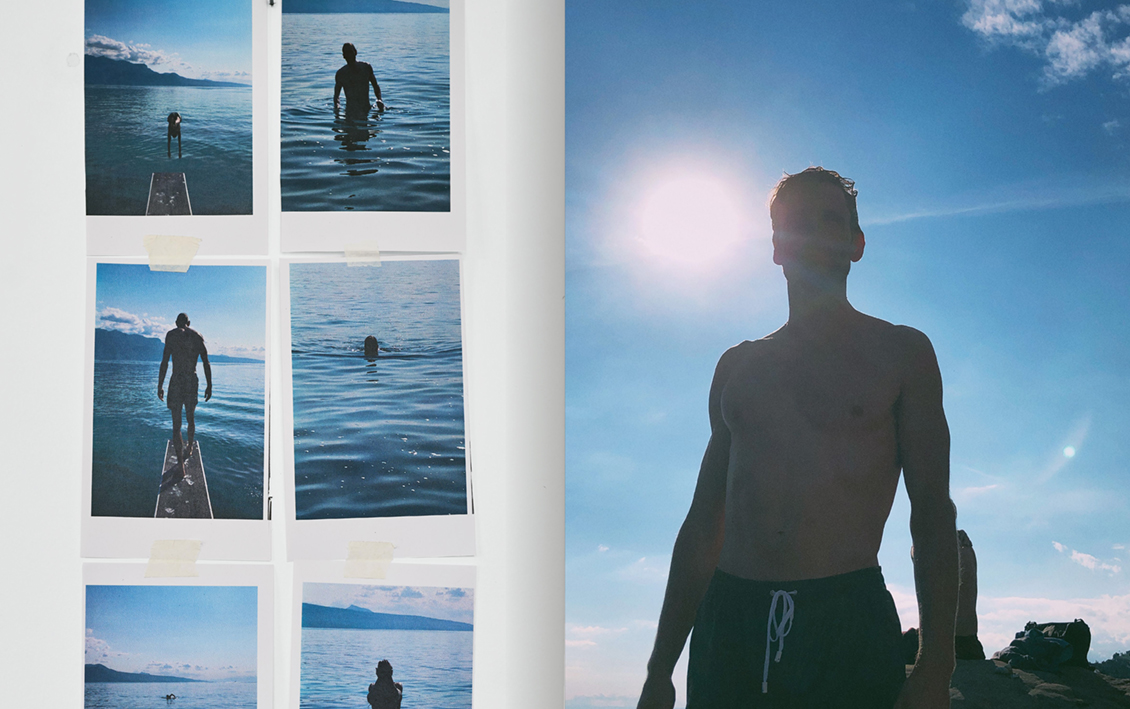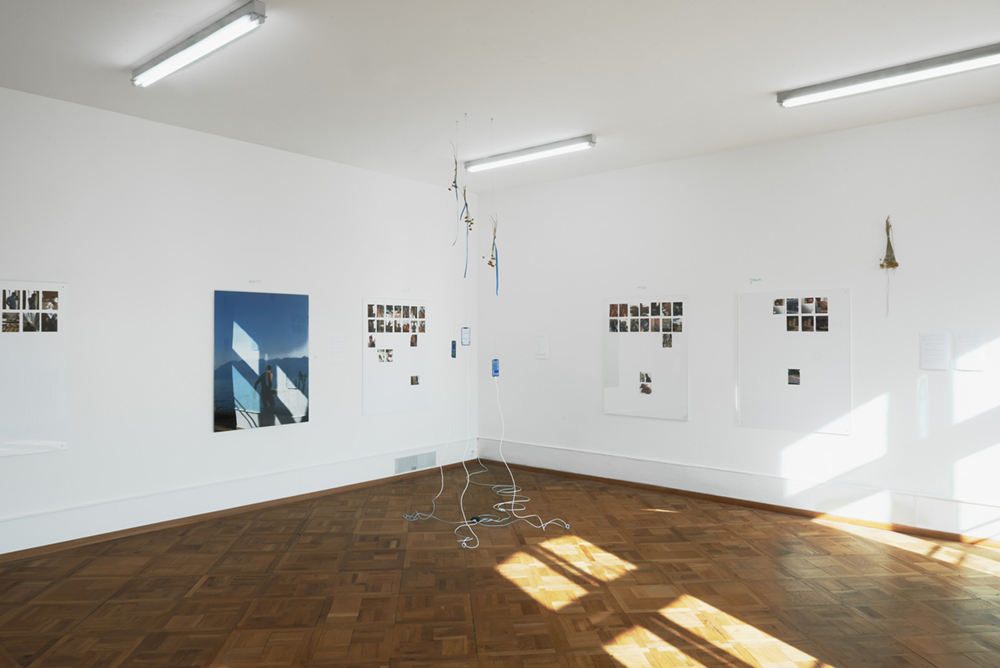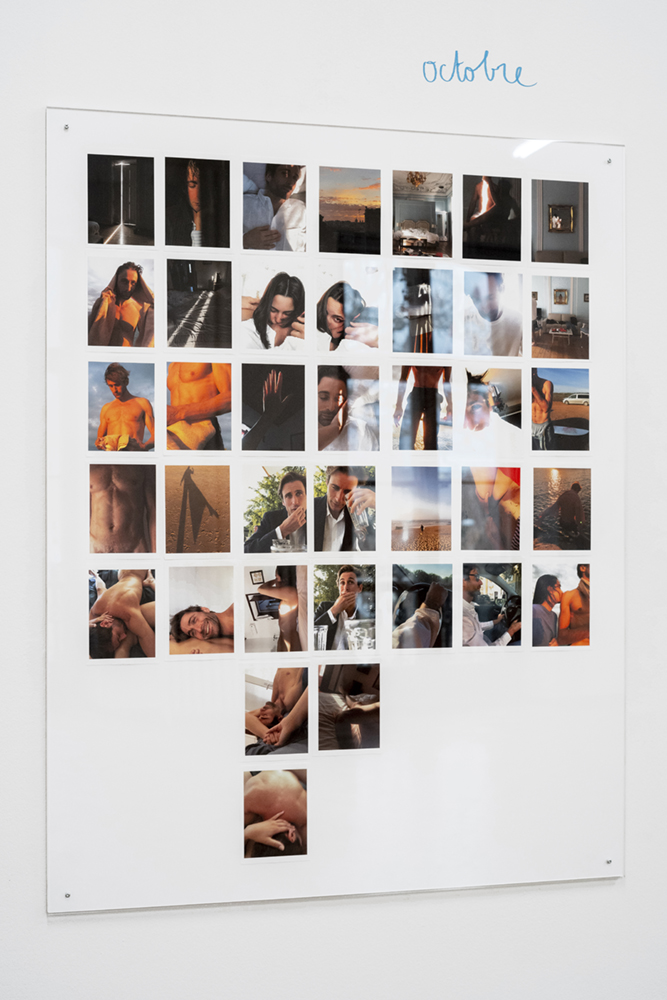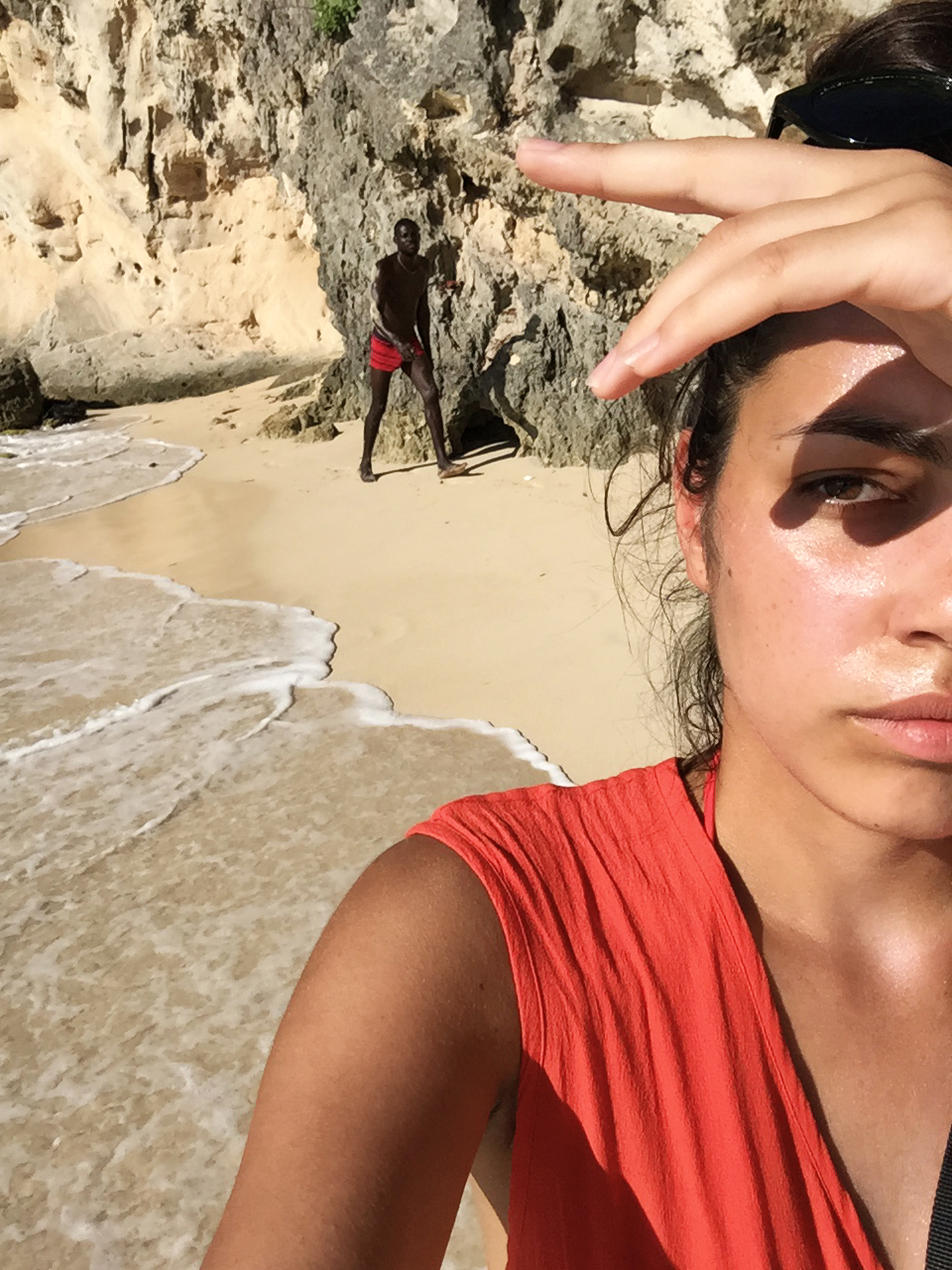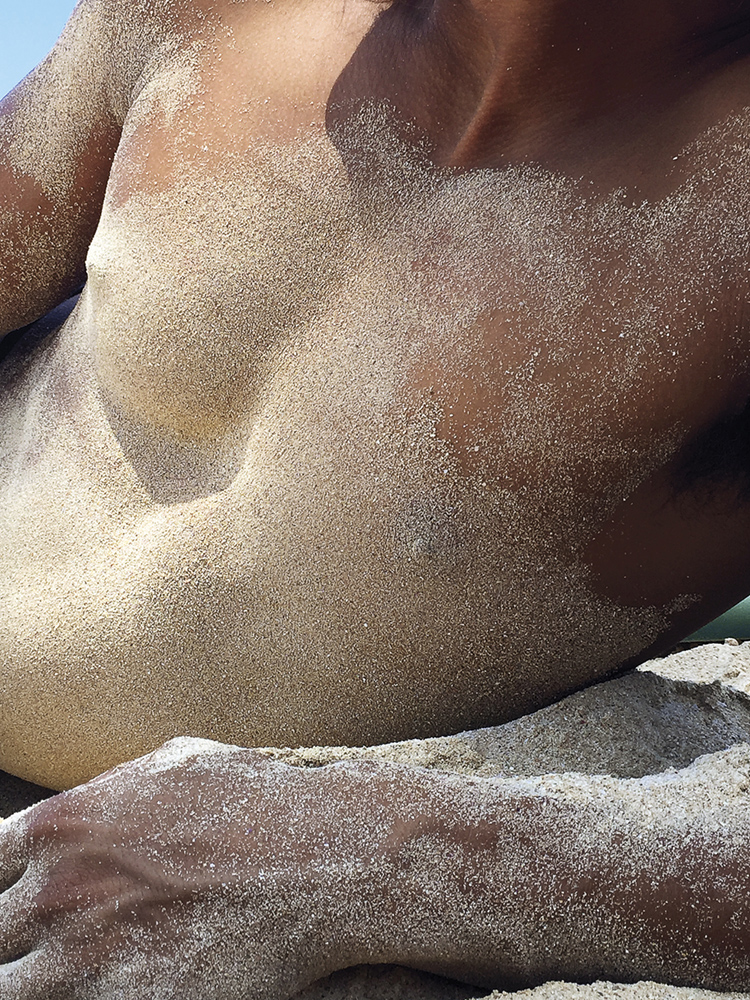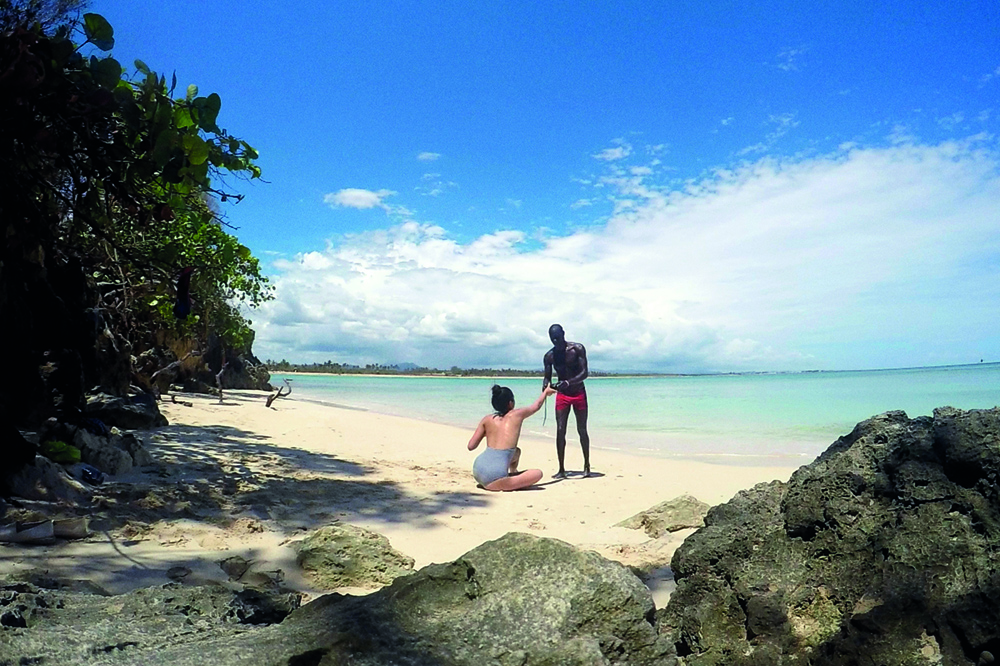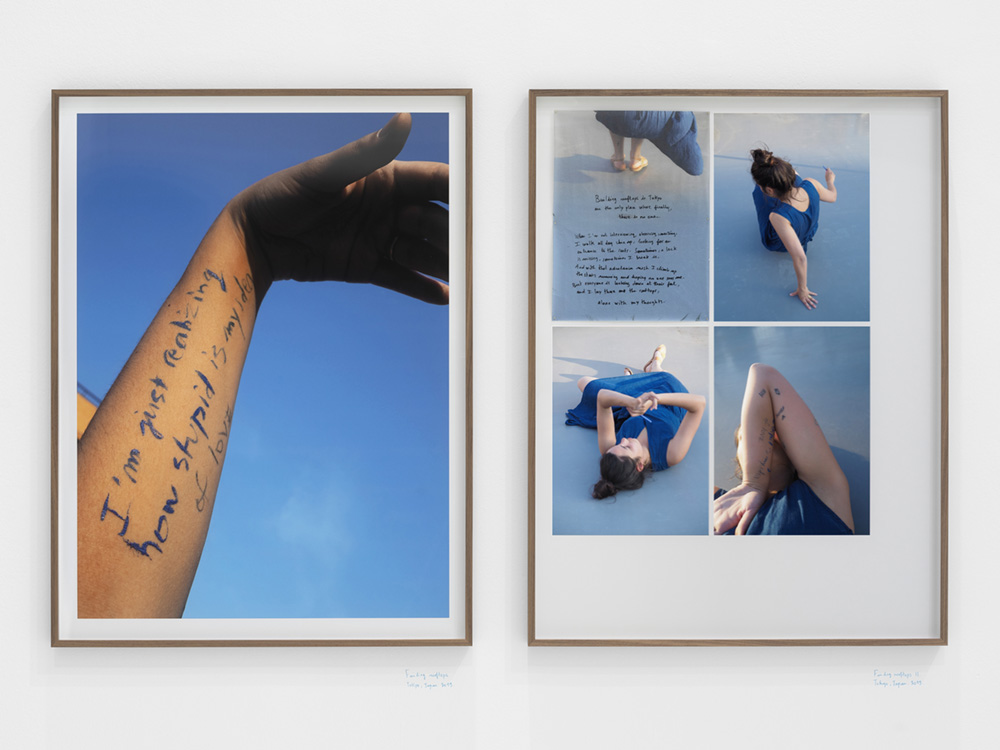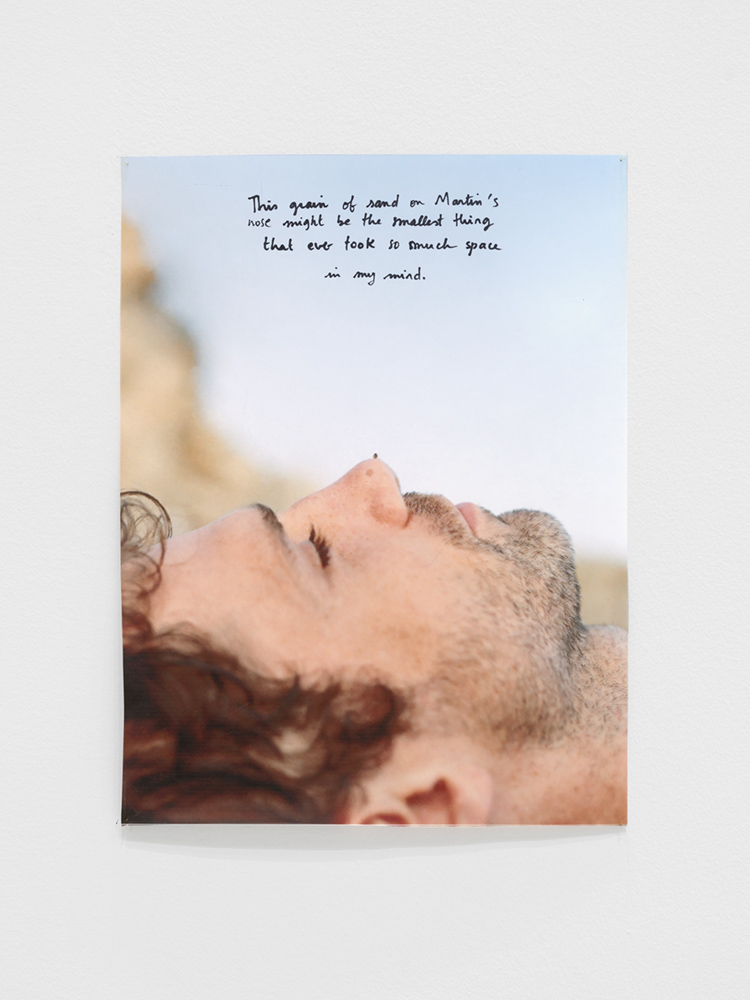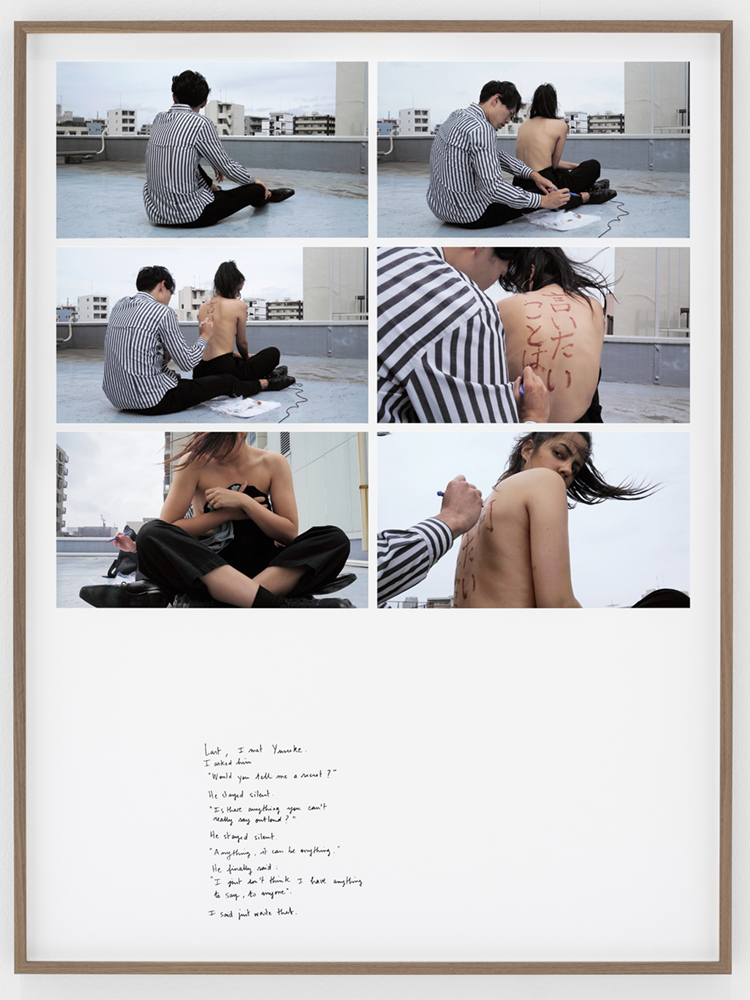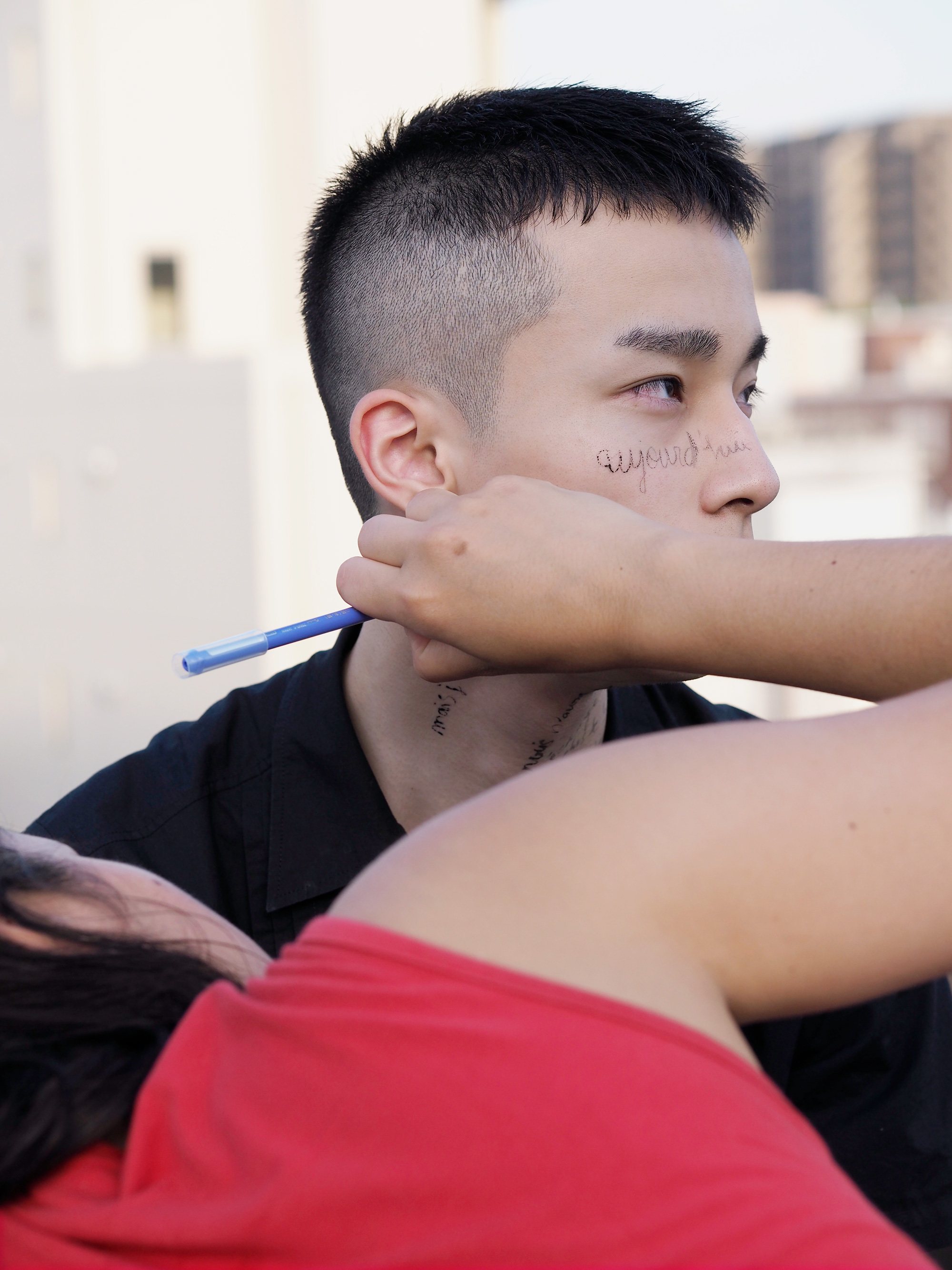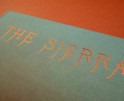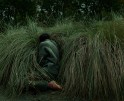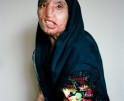Karla Hiraldo Voleau in Conversation with Alayna N. Pernell
My first encounter with Karla Hiraldo Voleau’s work was through her project Another Love Story (2022) which was also adapted into a photobook and published by Mörel in November 2023. The work initially was meant to be an homage to her and her partners’ rekindled love after being a part for four years. However, after a period followed by the wrenching discovery that her partner was living a double life with another woman, this concept dramatically shifted.
Karla Hiraldo Voleau (born 1992), is a French- Dominican artist who lives and works in Lausanne, Switzerland.She graduated from ECAL, Lausanne, with a master’s degree in Photography in 2018. She participated in the 2020 edition of the Foam Talent and Olympus Recommended Fellowship. She has exhibited work across Europe and the US, including International Center for Photography, New York and Maison Européenne de la Photographie, Paris.
Instagram: @karla.voleau
A brief reflection on the work provided by the artist reads:
In an attempt to reconcile this trauma and reclaim her story, Hiraldo Voleau metabolises the break-up by retelling it. Using a combination of original images and re-enactments created with an actor, she visualises the transformation from the couple’s initial explosion of love and sensuality, to the painful distance and tension as things fall apart. Together these fragments of the relationship become proof of its existence. Hiraldo Voleau initially worked with an actor for legal reasons, but the act of making the work together ultimately emancipated her from her former lover.
While the images are poignant, alluring, and somber in nature, what I was most drawn to was the way that Karla vulnerably used her personal story in her work as a form of healing, reclamation, and empowerment– and of course, I wanted to learn more about this work and her practice as an artist as a whole. I reached out to Karla last fall as I was curious to learn more about her work and her creative process and she was kindly willing to speak with me. I was very intrigued by the way she not only discussed her process of conceiving and creating new work but also how she navigates the aftermath of placing personal or social work into the world.
The conversation you are about to read is from our consensually recorded phone call which has been edited for length and clarity.
ANP: Thank you for agreeing to do this interview with me for Lenscratch. I’m very happy to have this conversation with you. I’m curious about what you see as the driving force behind the work that you create or what the process is leading up to you knowing you want to make a certain project.
KHV: I guess it depends on every project. If you’re talking about Another Love Story, it was an instant reaction to do this project. I was asked by the MEP in Paris to do a project about love, but as I discovered that my ex-partner had a double life, I completely reshifted the subject 180° and started to concentrate on creating a story on this experience because I couldn’t do otherwise. I did that hoping to find an outlet for the emotions I was going through at the moment, but also to voice a rather common story of emotional abuse. I didn’t really think about the fact that it was going to be so public.
ANP: After going from making pretty personal work and then sharing it with the world, how do you decide what to share and what not to share?
KHV: I’m trying to be as honest as I can, because of the type of work that I do. I always start from a personal experience, in order to later talk about something more global, other people’s stories. I try to not look at myself, as ‘myself’. In the end I completely take distance in the process of making the work, having it printed and altered and collaged, or associated with other pictures. It kind of stops being me. As well, obviously a picture doesn’t represent who I am entirely as a person, so I try to be as generous as I can with written content too. I really like when I’m seeing an exhibition, to feel like I’m behind the scenes with the artist and I’m in their head or in their studio. It really helps me to put myself in their shoes, and go where they want to take me.
ANP: I also relate to work like that, which is why I was initially drawn to your work. I’m curious about the personal side of your making. How do you keep yourself grounded throughout all of it? I’m imagining that it’s (maybe) not always easy.
KHV: It is surprisingly easy. I mean, in the case of Another Love Story, I’m showing something extremely vulnerable yes, but it’s something that anybody can relate to if they ever had a relationship (any type of relationship). Betrayal is universal. My point is, as soon as the work is published, it’s not about my life anymore, it can concern anyone. The proof being that when I talk to viewers or readers, we often end up talking as much about the project as their own experiences.
ANP: In a way, it’s comforting to hear that it is easy to put that out there, which is my speculation of it always being challenging.
KHV: You live and you learn. I was just trying to find a moment when it was bad to have been so vulnerable in public… and it can be. For example, I had one opening where I felt I was seen not as the artist, but just as a cheated-on girl, and that felt weird. I also had a viral post on Dazed magazine and I got some really sexist comments. True, in these moments I’m thinking “Oh okay, I need to take a step back”, or “This is getting too close to my real life”, you know? But nobody remembers anything anyway, so life goes on.
ANP: I can see that too. Maybe the challenge, which I’m assuming hasn’t been that often, comes from the after of getting the work out.
KHV: In the end, it was all good. If I feel uncomfortable with something, I try to make it right, or accept it, but it’s got to be one or the other.
ANP: I admire that. I’ve also seen that you’ve traveled and worked in various places whether it’s short term or long term. With being in those different places, do you find that it shapes your perception of the work that you’re making? Is it sometimes confusing or enlightening?
KHV: It’s kind of both at the same time. It’s tiring, but it’s also what makes me work. I’m inspired by different cultures and different places. On a practical level, I meet a lot of different people all around, and that is the best thing to do once you’re out of school: to grow a network organically, to meet other photographers, to make new friends. So, that’s definitely a bonus. Obviously, you can get really tired as well. Like you don’t want to work sometimes, because you just want to be home. At the moment, for example, I have no home. I’m in between places, mostly between Switzerland, Paris and Italy. The downside is that I cannot work consistently, with regularity during this period, I don’t have a studio etc. One ongoing project I’m working on takes place in the Dominican Republic, it’s about the illegality of abortion. I’ve been there three times in 2023. Ultimately, being houseless at the moment is enabling me to work on these long distance projects.
ANP: Do you find the gaps of rest to be helpful?
KHV: Yeah, I really need it. I need the routine. My stuff is organized where I can see them, I like the repetition of travelling with the same objects and making every new space my own.
ANP: We talked about Another Love Story, which is sourced from a personal experience and you’ve made other bodies of work that are culturally experienced as well. I’m curious about what your sources are like. What are those things that find their way into your work with the stories that you share?
KHV: I go two different ways: either something shocks me, or in the case of the abortion project, infuriates me, and I start quickly to build a project on a historical fact (in this case, the Wade vs. Roe law). Either it can be a very slow build-up. This happened for example when I did A Man in public space, where I transform myself into Karlos, and want to know what it’s like to run on the streets of a city, looking like a cis man. This idea came to me slowly, after I accumulated so many conversations with girlfriends, or hearing a lot of the time the phrases: I wish I was a guy sometimes so I would be left alone, or I wish I was a boy in the street to be more daring or more confident, or this and that. At the end of many interactions like that, I had the idea for the performance, and the series.
ANP: As we wrap up, would you like to leave any words for anyone who wants to dive into using their art practice to talk about really important things that are either on a personal level or one that’s a shared experience?
KHV: It’s tough to say because I mean, obviously the first thing that comes to mind is just do it, you know? That’s not really advice. That’s like when you feel sad and somebody tells you stop being sad. I can only speak from my experience, right? So, I would only go for the really obsessing things. They don’t have to be about or from your own life, but topics that you cannot stop thinking about, that really enrage you, or make you on the contrary very happy or proud. I also like something that’s extremely personal, just because it’s going to drive you the most, rather than a theme you find interesting or that is popular. You need to go for the gut feelings, the ideas that come from within will be easier to pursue in the long term. Even if you stop halfway or you cannot finish, or you don’t want to finish, you will go back to it eventually. So that’s what I can say.
ANP: That’s beautiful. Thank you so much.
KHV: Thank you.
Alayna N. Pernell (b. 1996) is an interdisciplinary artist, writer, and educator from Heflin, Alabama. Pernell’s artistic practice considers the gravity of the mental well-being of Black women concerning the physical and metaphorical spaces they inhabit.
In May 2019, she graduated from The University of Alabama where she received her Bachelor of Arts in Studio Art with a concentration in Photography and a minor in African American Studies. She received her MFA in Photography from the School of the Art Institute of Chicago in May 2021. She is currently the Associate Lecturer of Photography and Imaging at the University of Wisconsin-Milwaukee.
Posts on Lenscratch may not be reproduced without the permission of the Lenscratch staff and the photographer.
Recommended
-
Aaron Rothman: The SierraDecember 18th, 2025
-
Gadisse Lee: Self-PortraitsDecember 16th, 2025
-
Scott Offen: GraceDecember 12th, 2025
-
Izabella Demavlys: Without A Face | Richards Family PrizeDecember 11th, 2025
-
2025 What I’m Thankful For Exhibition: Part 2November 27th, 2025


